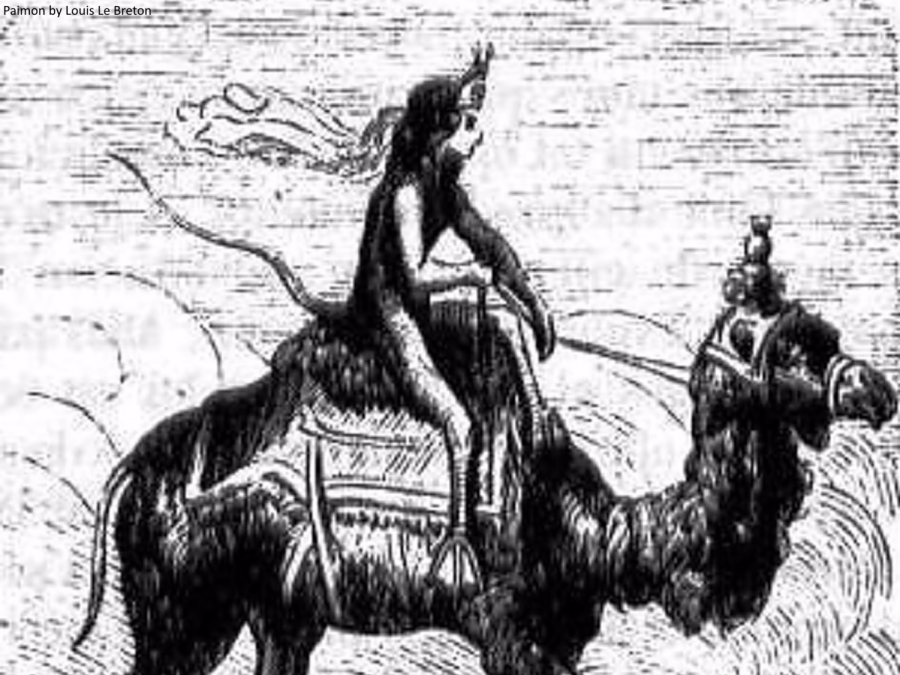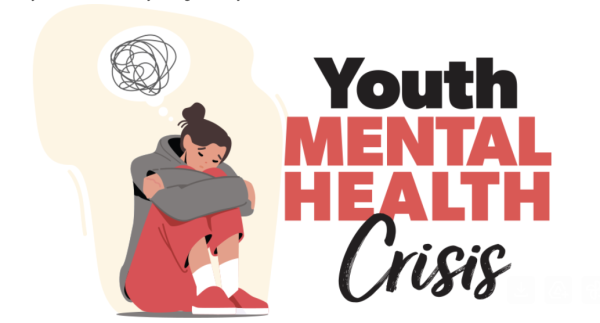Demons Are Not Inherently Evil – Here’s Why
Oxford Languages’ top definition for ‘demon’ is “an evil spirit or devil, especially one thought to possess a person or act as a tormentor in hell”. However, if you take a look at the origin of the word, you will find that it comes from the Latin ‘daemon’ or Greek ‘daimōn’, meaning ‘deity, genius’. S. Connolly, author of The Complete Book of Demonolatry, defines the literal meaning of demon as ‘replete with wisdom’. Immediately it becomes clear that the word itself is nothing sinister, but what about the actual beings?
Demons have falsely become synonymous with negative entities, and consequently, beings categorised as demons have become antagonists in many mediums of pop culture. An example of this is King Paimon and the 2018 horror movie Hereditary. While the film portrays him as an evil spirit who loves to torment his victims, the reality of King Paimon is very different: he is thought to have originally been one of the Djinn – neither inherently good nor evil pre-Islamic Arabian spirits who are now most commonly known as genies. In fact, it is thought that King Paimon may not have even been male due to his historically described feminine appearance, giving rise to the theory that he was originally a female deity before being co-opted in the Middle Ages. He is not alone in this; many of the entities who are now considered ‘demons’ actually originated as pre-Christian pagan deities who had no inherent connection to malevolence.
What much of this media conveniently excludes from its supernatural narrative is that while there are ‘negative’ demons, just as there are ‘negative’ gods in a majority of (if not all) pagan pantheons, there are also ‘positive’ ones, such as Verrine, who represents healing, and Rosier, who represents love. Even those categorised as ‘negative’ are not evil, but rather the opposite end of a polarity, existing to maintain balance within the universe.
For proof of demons being evil, many like to bring up historic possession cases. The problem with this is that many of the alleged ‘possession symptoms’ were actually just examples of mental and/or physical illnesses, which at the time (around the 16th and 17th centuries), not even doctors had better explanations for. Furthermore, accusing someone of witchcraft became the perfect ploy to remove any political opponents, so when priests would accuse fellow priests of possessing nuns with demons, they suddenly improved their position within society with little need for evidence.
The tragic deaths at Travis Scott’s Astroworld Festival created a new round of ‘Satanic Panic’ due to the ‘demonic’ imagery used on his performance sets. The stage was allegedly designed to look like a ‘portal to Hell’, fueling ideas that spirits were either entering or leaving the vicinity, creating a few different but equally disturbing theories as to what caused the deaths. Practised demonologists and demonolators have made it clear that as demons are generally ancient spirits with their own legends and virtues, they have no innate reason to engage in the evil historically attributed to them. They are simply just another pantheon of magickal beings. People who partake in spreading these kinds of allegations do nothing but deflect responsibility from
those who actually need to be held accountable and abuse a tragedy to further their own unrelated agendas.
No one type of spirit can be all bad. It is evident that this belief can have its fair share of tangible consequences, especially in a world in which many still look to the spiritual realm to answer questions which may be seen as having no clear material explanation. The act of working with demons is not unlike any other spiritual path and deserves to be treated with the same courtesy and respect as any other belief system or religion.








